Cycles of the Sun, Mysteries of the Moon: The Calendar in Mesoamerican Civilization
$15.81
| Author(s) | |
|---|---|
| Format |
|
| Pages |
296 |
| Published Date |
1997 |
In Cycles of the Sun, Mysteries of the Moon, Vincent Malmström sets forth his challenging, new view of the origin and diffusion of Mesoamerican calendrical systems—the intellectual achievement that gave rise to Mesoamerican civilization and culture. Malmström posits that the 260-day calendar marked the interval between passages of the sun at its zenith over Izapa, an ancient ceremonial center in the Soconusco region of Mexico’s Pacific coastal plain.
Introduction:
Any reconstruction of the knowledge or belief systems of a preliterate people must of necessity be at least somewhat imaginative. Even though our research may have uncovered what an early people knew, without an eyewitness description or a written record at hand we can never really be sure how they came to know it. What the stimulus or motivation or accidental discovery may have been that led to such and such an idea or to this or that custom or practice, we oftentimes can only speculate. And, in so doing, one is obliged to seek the most conservative and credible solution possible, while at the same time realizing that the true explanations for some human thoughts and/or actions may well border on the bizarre and irrational.
Cycles of the Sun, Mysteries of the Moon, then, is both fact and fiction. In it, I not only recount what I and other researchers have learned through the decades about the pre-Columbian peoples of Mesoamerica and their impressive cultural achievements, but I also attempt to posit what I hope are rational hypotheses concerning where, when, and how many of their innovative breakthroughs and discoveries were actually made. Thus, while most of the facts I present are immutable, some of my interpretations and explanations are admittedly conjectural, and the reader is invited to decide for himself or herself whether more credible answers yet can be given.
This, then, is really an invitation to join me in solving not one but a whole series of mysteries. As we go along, I will tell you what the clues are, and give you my best arguments for what the “motives” may have been. Hopefully, by the time my case has been made, you — the jury —will have been convinced beyond a reasonable doubt, and can render an impartial verdict, namely that the pre-Columbian peoples of Mesoamerica were among the most precocious and ingenious of any on our planet!
Contents:
- Questions, Hypotheses, and Assorted Detours
- Humans and Environment in the Americas
- Strange Attraction: The Mystery of Magnetism
- New Windows on the World: Working the Land and Sailing the Sea
- The Olmec Dawning
- The Long Count: Astronomical Precision
- Calendar Reform and Eclipses: The Place of Edzná
- The Golden Age
- The Twilight of the Gods
- Dawn in the Desert: The Rise of the Toltecs
- People of the Pleiades: The Aztec Interlude
- The Long Journey: A Retrospective
Cycles of the Sun, Mysteries of the Moon: The Calendar in Mesoamerican Civilization By Vincent H. Malmström pdf
4 reviews for Cycles of the Sun, Mysteries of the Moon: The Calendar in Mesoamerican Civilization
Clear filtersOnly logged in customers who have purchased this product may leave a review.

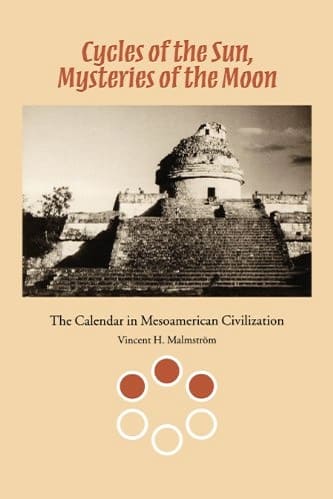


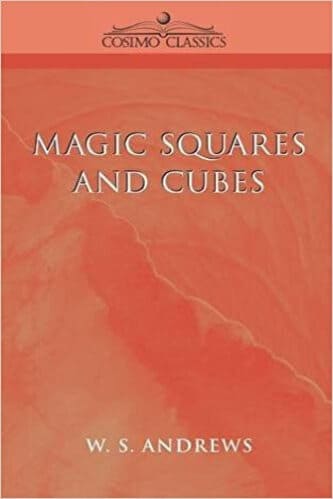
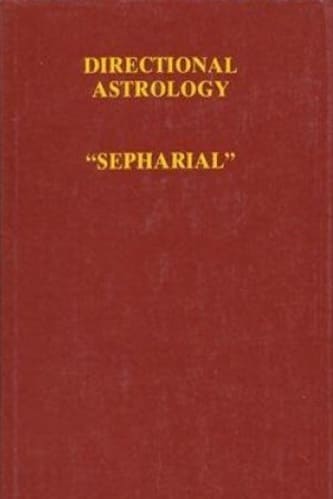
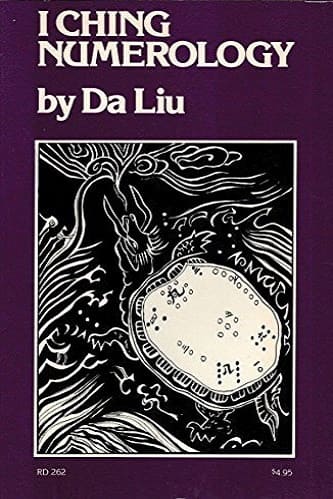
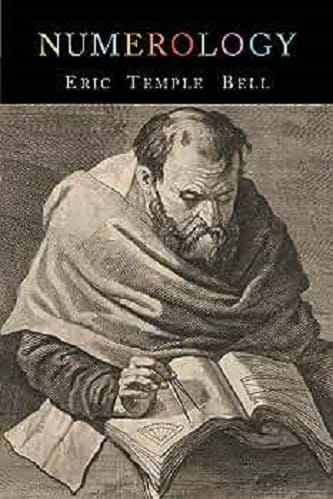

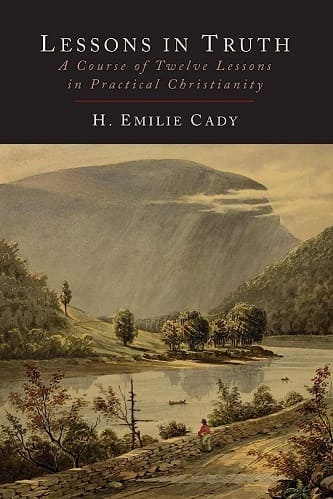
Kristopher Jensen (verified owner) –
The author was a geographer and attempts to answer the question of the origin of the 260 day day count based on some solar alignments along a particular latitude in central America. The theory is forced to fit the landscape and the book abounds in so many, “suggest”, “perhaps”, “maybe”, that “maybe” we should not waste time in reading it. I did learn that some ancient sculpture has magnetic properties but the sample is inconclusive, some do, some don’t, … so what. Its magnetite in the rock (some of them). But most disturbing is the lack of academic rigour which invariably is prefaced with a speculative tale such as, I quote verbatim here, “As the Summer solstice neared, it was clear that the priest had yet another momentous idea in the back of his mind. Already at his direction, his scouts had narrowed down the ideal vantage point….” This is 1300 BCE that the author is writing about. What priest? What scouts? How does he know scouts were directed? Unbelievable that this book is still available and was peer reviewed. Senseless drivel. Much better to consult a shaman!
Kendra Stark (verified owner) –
Vincent Malmstrom has written a wonderfully entertaining book stuffed full of facts on the Mesoamerican systems of calendrical accounting. I had no idea the history of their calendars went so far back, nor that they were so widely used by such a great number of civilizations. His theories fill in where the facts leave off, as most studies on ancient cultures must, and the facts support his hypotheses. Malmstrom’s theories on the origin of the calendar are quite different in some aspects than those of scholars before him — one major difference is that he does not believe the Olmec developed the calendar. I don’t want to ruin any surprises for a reader — and there are some for those who accept the commonly supported theories of the Olmec as the “father” of all subsequent Mesoamerican civilizations — so I will stop with just one more comment: If you have any interest in Mesoamerica or the cultures of the Zoque, Olmec, Zapotec, Maya, Mixtec, Toltec or Aztec, GET THIS BOOK!
Maximus Cain (verified owner) –
This is a well referenced and reasoned book as far as it goes. I thought the reluctance of the author to make the leap that the Olmec culture originated from Africa, in spite of the obvious negroid features of the “Olmec heads” found in the Yucantan to be timid. That the author further dismisses the possibility that the cultures in South America could have had influences from across the Pacific, based on the ocean currents that preclude such contact is ludicrious. Only about 15,000 BC the ocean was about 400 feet lower than it is today and the northern hemisphere was covered with a mile thick sheet of ice. Do you think that maybe oceans currents just might have not been the same throughout time?
Sullivan Sloan (verified owner) –
The author never jumps to conclusions, but slowly, gathering the clues to lay out a history of the Mayan calendar. It is up to you to decide whether his logic is correct, I could not find any flaws. As the book goes you pick up plenty of astronomical, geographical and historical facts. Very engaging.
The book has gone out of print, but is now posted in a digital format on the author’s website. Still it is sad that it did not get wider attention.